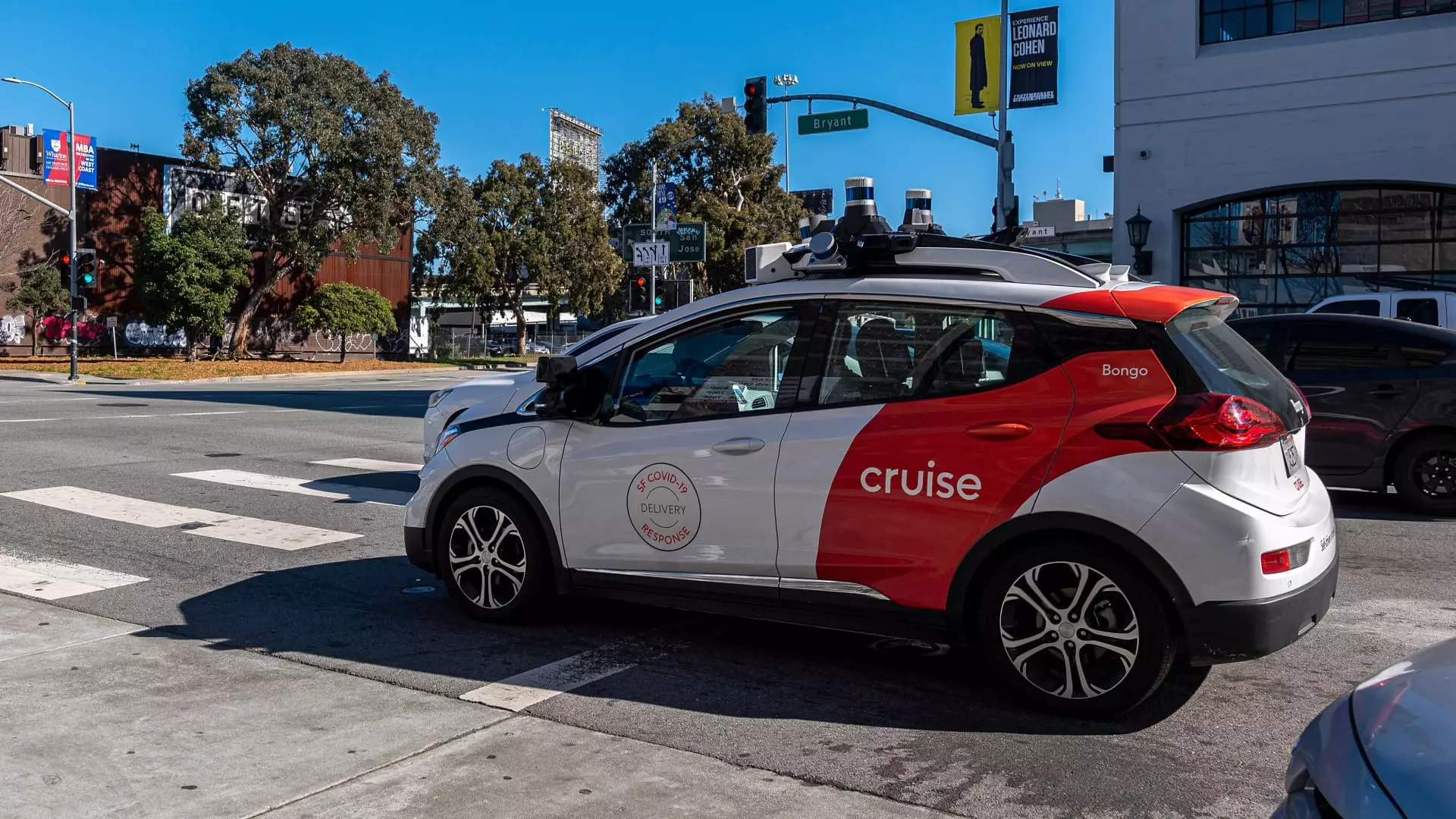General Motors’ Cruise self-driving vehicle unit made a bold move to redeploy cars on U.S. roadways with a fresh approach. The company announced that the relaunch will begin in Phoenix with a small fleet of human-driven vehicles, marking the first step towards rebuilding trust with regulators and communities after a recent accident.
The redeployed vehicles will not operate as robotaxis as before, but will instead focus on creating maps and gathering road information in select cities, starting in Phoenix. This strategic shift reflects Cruise’s commitment to safety and transparency in its operations. The company aims to resume driverless operations in the future, although the timeline for this transition remains unspecified.
Lessons Learned
Cruise’s decision to pause operations in October 2023 was driven by a need to address regulatory concerns and enhance safety protocols. The company has made significant progress during this hiatus, guided by new leadership, input from third-party experts, and feedback from the communities it serves. By prioritizing transparency and collaboration, Cruise is determined to uphold the highest standards of safety and ethical practices.
Following an in-depth third-party probe into the October incident and its aftermath, Cruise accepted the findings and committed to implementing all recommendations. The investigation revealed underlying cultural issues, managerial shortcomings, and a lack of oversight that contributed to the accident. While allegations of a coverup were disproven, Cruise remains fully cooperative with state and federal inquiries to ensure compliance and accountability.
Future Outlook
Despite the challenges faced, Cruise remains optimistic about its future trajectory. The company’s partnership with General Motors, which owns approximately 80% of Cruise, underscores a shared commitment to innovation and responsible technology development. While uncertainties remain regarding the resumption of supervised or driverless operations in other cities, Cruise’s relaunched fleet signifies a critical step towards validation and progress in the self-driving sector.
In addition to revamping its operational strategy, Cruise has undergone significant leadership changes. Co-founders, including CEO Kyle Vogt, resigned, and several key executives were replaced. The company also streamlined its workforce by laying off employees and contractors, reflecting a strategic realignment to enhance efficiency and agility in a competitive market.
Through these strategic realignments and operational refinements, General Motors’ Cruise is poised to embark on a new chapter of innovation and progress. By prioritizing safety, transparency, and accountability, Cruise aims to rebuild trust with stakeholders and pave the way for the future of autonomous driving technology. As the company forges ahead with its reinvention, the lessons learned from past challenges will undoubtedly shape a stronger and more resilient organization in the ever-evolving landscape of self-driving vehicles.

Leave a Reply